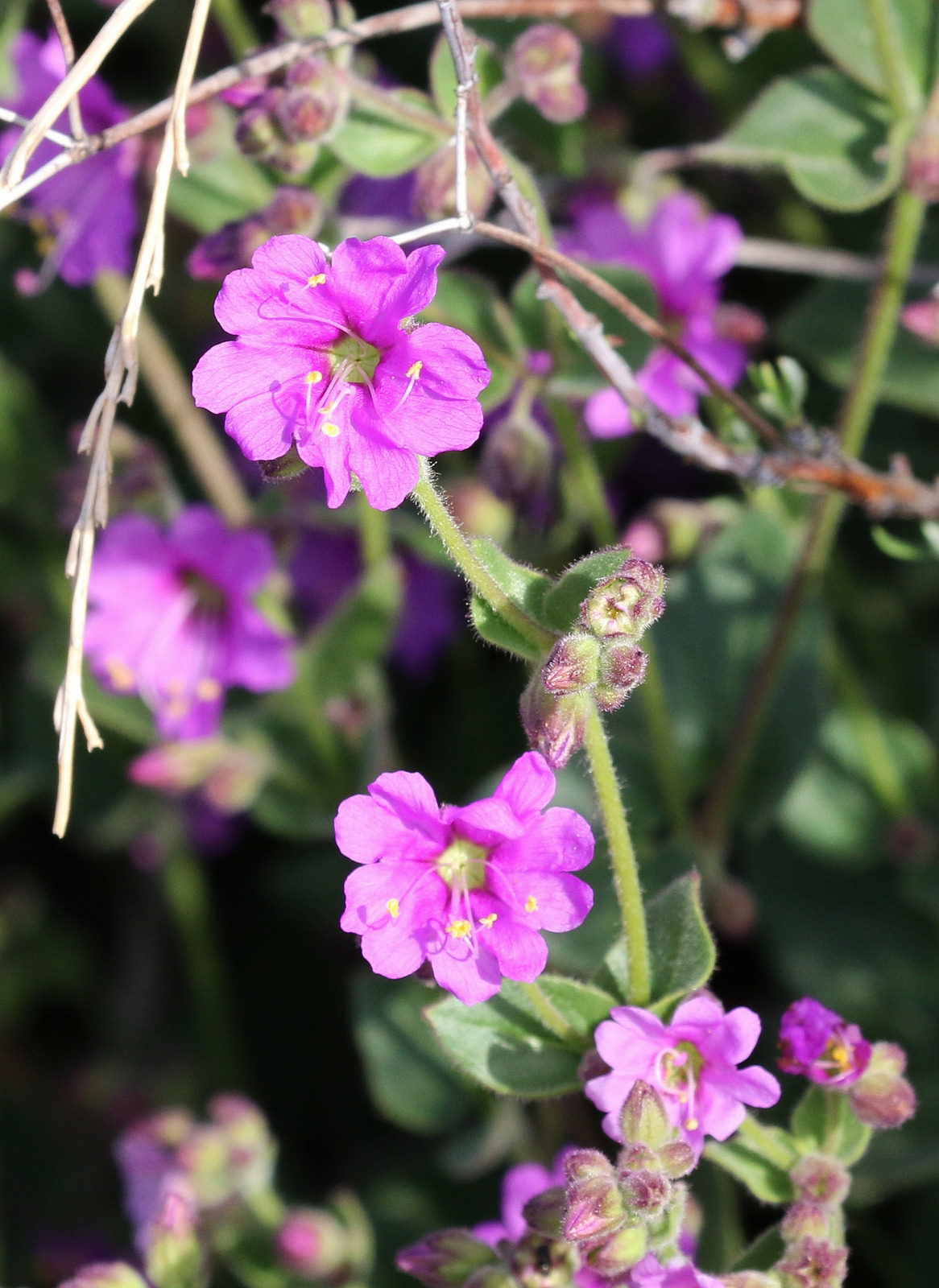EXPLOSIONS OF NEW COLOR & HOPE

Wildflowers explode after wildfires. It’s the beauty of resilience. It is both a life giving and life affirming process. It keeps ecosystems healthier. And it’s a symbol of hope.
This spring and summer, an explosion of wildflowers covered much of the land in northern California, that had been charred and scarred by the massive wildfires that swept through the region this past October.
A series of 250 wildfires burned at least 245,000 acres (99,148 ha) throughout Napa, Lake, Sonoma, Mendocino, Butte, and Solano Counties.
While wildfires are a natural part of some ecosystem lifecycles, the Tubbs Fire became the most destructive wildfire recorded in the history of California. The Atlas Fire and Nuns Fire also wreaked major damage.

Besides charring the land, wildlife and humans were killed and displaced, homes and businesses were destroyed. Together, the fires caused over $9.4 billion in insured damages and an estimated $85 billion cost to the US economy.

Wildfires tend to burn overgrown grasses and undergrowth, and nutrient-hogging non-native plants. They also thin out tree branches in the canopy. This leaves more room for native wildflower seeds to grow. And, they flourish because they don’t have to compete for nutrients, water, or sunlight.

From public parks to private vineyards, a profusion of blossoms and wild grasses has sprung forth in northern California, bringing astonishing beauty to what had been rendered ashen and bare.

After the fires died down, the heavy rains came, followed by the sun. It was a magical combination of elements, as ash-enriched soils got soaked and fresh access to light helped germinate dormant seeds.
Vast swaths of wine country which had been devastated by the fires are now blanketed with bright, joyful color. It is the largest and most dramatic display seen in decades.

Sonoma Ecology Center works to increase appreciation and stewardship of Sonoma Valley’s natural heritage and biodiversity. Every weekend since December, the Center has been leading hikes into local wildlands to see how they are faring after the Tubbs and Nuns fires whipped through Sonoma Valley, where over 28% if the land was burned.

If you visit, you will find flowers practically everywhere, growing along the sides of roads and in highway medians, under grapevines, on barren lots where houses once stood, and on public lands.

Be sure to check out some of the area’s national, state, and county parks, such as Sonoma Valley Regional Park, Shiloh Ranch Regional Park, Sugarloaf State Park, and other areas in California, where rangers lead special hikes to view the wildflower bounty.
Depending on the timing of your visit, you’ll see dazzling arrays of wild lupines, California poppies, buttercups, and wild lilies.

Sugarloaf State Park, where 80% of its acreage was burned, is now carpeted with flowers, including fresh masses of whispering bells, known as "fire followers," bird's eye gilia, Fremont star lilies, fairy lanterns, and mission bells.

Even areas untouched by the wildfires, such as Taylor Mountain Regional Park, are experiencing record blooms. Tons of wildflowers have sprung up between unscathed vineyard rows.
If you want to plan your visits according to when things are blooming, check out the area’s Wildflower Bloom Reports.

If you’d like to help nature along, while you immerse in incredible wildflower beauty, sign up to help harvest wild seeds at Irvine Ranch Conservancy’s one-of-a-kind Native Seed Farm, in Irvine, California. You will be harvesting seeds from quirky native summer wildflowers, like Yellow Pincushion and California Wishbone Bush. Absolutely no experience or special equipment required.
The seed you will pick has a direct impact on local wildlife, helping to regrow animal habitat and food supplies, as well as adding buffers against floods and new wildfires.

With the heightened stresses, pressures, and challenges we collectively face, caused by everything from political climates to Earth’s climate change, wildflower renewal is a gentle reminder that we too can overcome darkness and triumph with new light. Beyond their beauty, the flowers show how from adversity new possibilities blossom.

Read more about Explosive Beauty all this week on BeautifulNow. And check out more beautiful things happening now in BN Wellness, Impact, Nature/Science, Food, Arts/Design, and Travel, Daily Fix posts.


Do you have amazing photos? Enter them in this week’s BN Photo Competition.


